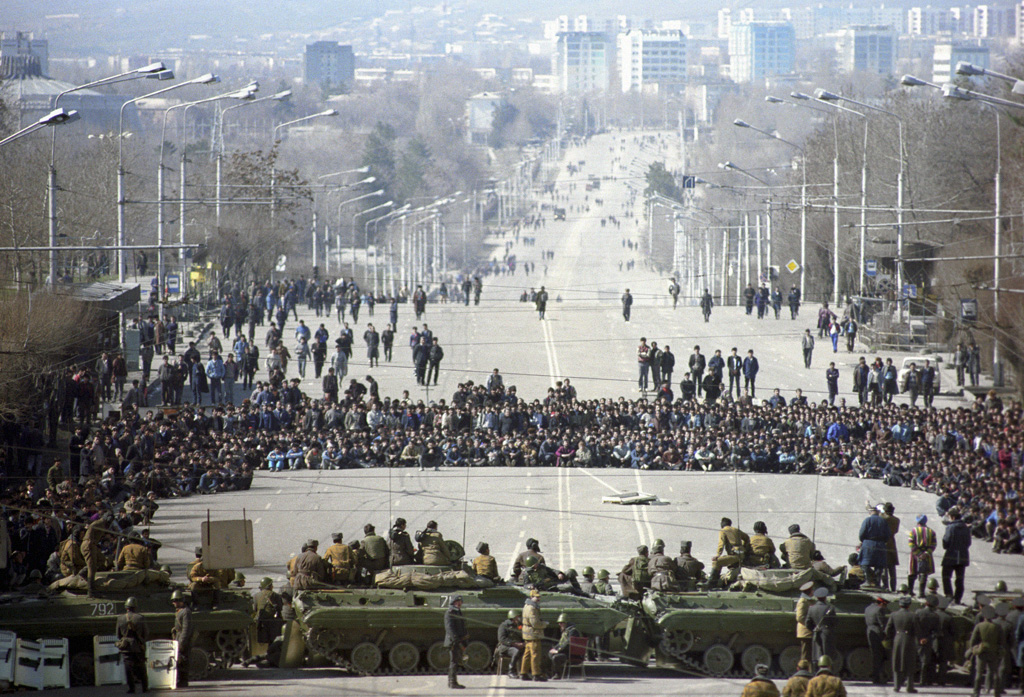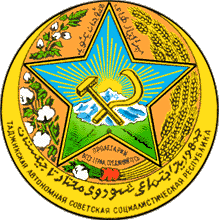|
Noziya Karomatullo
''Noziya Karomatullo'' ( tg, Нозияи Кароматулло; born 7 February 1988) is a Tajikistani singer. Nozia sings mostly in Tajik, however she also sings in Hindi and Persian. She performs in concerts, New-Year Parties, National Day Parades, Radio and TV Programs in her native Tajikistan as well as other neighboring countries like Iran, India etc. Early life Noziya Karomatullo was born 7 February 1988 in Dushanbe, Tajikistan, then part of the Soviet Union. She is the daughter of a famous Tajik singer Karomatullo Qurbonov. Her father, Karomatullo Qurbonov, died on 17 October 1992 in an attack by bandits during the civil war in the Yavan district, while returning from a wedding party at night. Education Noziya graduated in 2005 from Maliki Sobirova and entered the conservatory in New Delhi for the academic diploma course in classical singing and dancing. In 2010 she graduated from the Indian Conservatory with honors, and in the same year performed her first solo concer ... [...More Info...] [...Related Items...] OR: [Wikipedia] [Google] [Baidu] |
Dushanbe
Dushanbe ( tg, Душанбе, ; ; russian: Душанбе) is the capital and largest city of Tajikistan. , Dushanbe had a population of 863,400 and that population was largely Tajik. Until 1929, the city was known in Russian as Dyushambe (russian: Дюшамбе, ''Dyushambe''), and from 1929 to 1961 as Stalinabad ( tg, Сталинобод, Stalinobod), after Joseph Stalin. Dushanbe is located in the Gissar Valley, bounded by the Gissar Range in the north and east and the Babatag, Aktau, Rangontau and Karatau mountains in the south, and has an elevation of 750–930 m. The city is divided into four districts, all named after historical figures: Ismail Samani, Avicenna, Ferdowsi, and Shah Mansur. In ancient times, what is now or is close to modern Dushanbe was settled by various empires and peoples, including Mousterian tool-users, various neolithic cultures, the Achaemenid Empire, Greco-Bactria, the Kushan Empire, and the Hephthalites. In the Middle Ages, more settlement ... [...More Info...] [...Related Items...] OR: [Wikipedia] [Google] [Baidu] |
Tajik Civil War
The Tajikistani Civil War ( tg, Ҷанги шаҳрвандии Тоҷикистон, translit=Jangi shahrvandiyi Tojikiston / Çangi shahrvandiji Toçikiston; russian: Гражданская война в Таджикистане), also known as the Tajik Civil War, began in May 1992 when regional groups from the Garm and Gorno-Badakhshan Gorno-Badakhshan, officially the Badakhshan Mountainous Autonomous Region,, abbr. / is an autonomous region in eastern Tajikistan, in the Pamir Mountains. It makes up nearly forty-five percent of the country's land area, but only two perce ... regions of Tajikistan rose up against the newly formed government of President Rahmon Nabiyev, which was dominated by people from the Khujand and Kulab, Tajikistan, Kulob regions. The rebel groups were led by a combination of liberal democracy, liberal democratic reformers and Islamists, who would later organize under the banner of the United Tajik Opposition. The government was supported by Ru ... [...More Info...] [...Related Items...] OR: [Wikipedia] [Google] [Baidu] |
21st-century Tajikistani Women Singers
The 1st century was the century spanning AD 1 ( I) through AD 100 ( C) according to the Julian calendar. It is often written as the or to distinguish it from the 1st century BC (or BCE) which preceded it. The 1st century is considered part of the Classical era, epoch, or historical period. The 1st century also saw the appearance of Christianity. During this period, Europe, North Africa and the Near East fell under increasing domination by the Roman Empire, which continued expanding, most notably conquering Britain under the emperor Claudius (AD 43). The reforms introduced by Augustus during his long reign stabilized the empire after the turmoil of the previous century's civil wars. Later in the century the Julio-Claudian dynasty, which had been founded by Augustus, came to an end with the suicide of Nero in AD 68. There followed the famous Year of Four Emperors, a brief period of civil war and instability, which was finally brought to an end by Vespasian, ninth Roman emperor, a ... [...More Info...] [...Related Items...] OR: [Wikipedia] [Google] [Baidu] |
Tajik-language Singers
Tajik (Tajik: , , ), also called Tajiki Persian (Tajik: , , ) or Tajiki, is the variety of Persian language, Persian spoken in Tajikistan and Uzbekistan by Tajiks. It is closely related to neighbouring Dari with which it forms a dialect continuum, continuum of mutually intelligible varieties of the Persian language. Several scholars consider Tajik as a dialectal variety of Persian rather than a language on its own. The popularity of this conception of Tajik as a variety of Persian was such that, during the period in which Tajiks, Tajik intellectuals were trying to establish Tajik as a language separate from Persian, prominent intellectual Sadriddin Ayni counterargued that Tajik was not a "bastardised dialect" of Persian.Shinji ldoTajik Published by UN COM GmbH 2005 (LINCOM EUROPA) The issue of whether Tajik and Persian are to be considered two dialects of a single language or two discrete languages has political sides to it. By way of Early New Persian, Tajik, like Iranian Persian ... [...More Info...] [...Related Items...] OR: [Wikipedia] [Google] [Baidu] |
.jpg)


